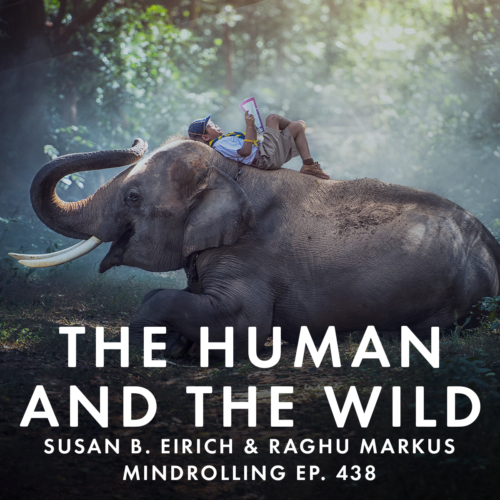
| 02/28/22 |
| by jamesasaljr May 9, 2022 |
|
||||||
A personal blog by a graying (mostly Anglo with light African-American roots) gay left leaning liberal progressive married college-educated Buddhist Baha'i BBC/NPR-listening Professor Emeritus now following the Dharma in Minas Gerais, Brasil.
|
|
|
|
|
|
|
If,
like the Buddha, we are to succeed in realizing our full humanity, we
have to let go of what lies between us and our authentic selves. Hard as
it may be to undertake, this journey is the most essential and human of
all, a fulfillment of our story as travelers on this earth.
Ann Tashi Slater, “Leaving the Palace”
CLICK HERE TO READ THE FULL ARTICLE
In this episode of Life As It Is, Tricycle editor-in-chief James Shaheen and co-host Sharon Salzberg sit down with Buddhist poet Ocean Vuong to discuss his new collection, Time Is a Mother.
Our
potential for equanimity can be modeled in and learned from the love
parents show children. Listen to the person in traffic, the person who
smiles, the person who never glances our way. Listen for the echoes of
your crying child. What does she need? Go to her. Pick her up. Wrap her
in your acceptance and rock her to sleep.
Sarah Aceto, “As If I Were Your Mother”
CLICK HERE TO READ THE FULL ARTICLE
|
|
|
|
|
|
|
|
|
|
|
|
|
|
|
|
|
“What happens is, when the grief runs its natural course… you come to the point where you realize that you’ve tasted something with that person that was such a living moment that that moment still exists independent of death. There’s a moment when we recognize that love transcends death. And that has to happen experientially, and it has to happen when grief runs its natural course.”
- Ram Dass -
Ram Dass – Here and Now – Ep. 199 – The Continuity of Consciousness
May 04, 2022

Mindrolling – Raghu Markus – Ep. 438 – The Human and The Wild with Susan B. Eirich
May 06, 2022

|
|
|
|
|
|
|
The
practice of dharma is akin to the practice of art. With the tools of
ethics, meditation, and understanding, one works the clay of one’s
confined and anguished existence into a bodhisattva. Practice is a
process of self-creation.
Stephen Batchelor, “A Democracy of the Imagination”
CLICK HERE TO READ THE FULL ARTICLE